💻 Key takeaways:
1. QR Codes have evolved a lot from 2011 to 2022. Their use cases have seen a significan shift, with proximity marketing strategies coming into the picture to help businesses bridge the gap between offline and online marketing channels.
2. Businesses use QR Codes for various activities such as offering exclusive discounts, providing product information, facilitating loyalty program sign-ups, and conducting interactive campaigns such as scavenger hunts or contests.
3. QR Codes have become popular with millennials too. Brands can target this segment with QR Codes to help them access information and offers quickly.
QR Codes were first invented in 1994 by the Denso Wave company to track their manufacturing process for vehicles. That’s all there was to QR code usage. Just like NFC and RFID, tracking items was what QR Codes were primarily used for.
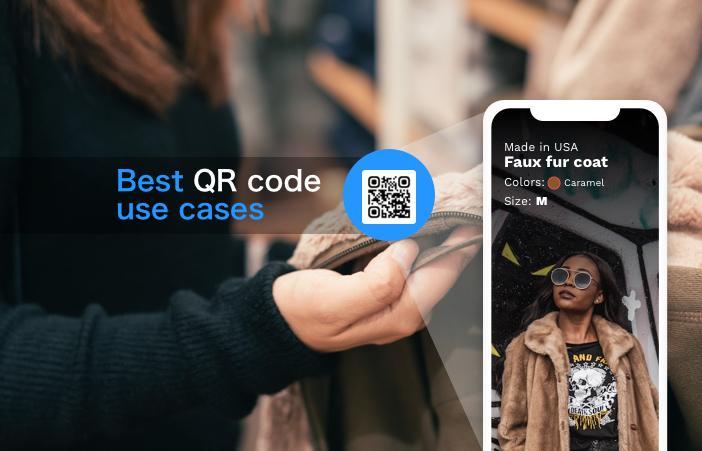
Table of Contents
- What are QR Codes?
- QR Codes: 2011 vs 2022
- Who uses QR Codes?
- QR Codes and proximity marketing in 2022
- List of things businesses can do with QR Codes
- Brands that use QR Codes
- Millennials and QR Codes in 2022
- Are QR Codes still relevant in 2022?
- Frequently Asked Questions
What are QR Codes?
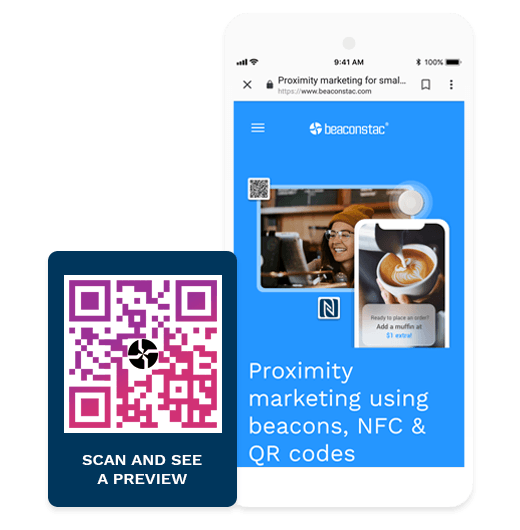
QR (Quick Response) Codes are 2D scannable barcodes that direct users to a website or to take a specific course of action.
QR Code usage: 2011 vs 2021
QR Codes did start getting popular in 2011 when Macy’s and Best Buy started implementing them in their stores. But there were problems galore with mass end-user adoption.
Most consumers had terribly slow speed internet, did not own a smartphone and even when they did, they had to download an app that took forever to scan a QR Code. The websites the QR Codes redirected users to weren’t optimized for smartphones making the whole situation worse.
But, all of that has changed. And as WIRED astutely observed, QR Codes were ‘just ahead of their time’.
QR Codes are being used by millions now. 2.71 billion people are using smartphones in 2019 and 90% of the population is estimated to have access to high-speed internet by 2021. Coupled with the fact that Apple’s iOS 11 update added QR Code scanning capabilities in the camera app along with the latest Android smartphones being able to do the same, QR Codes have become an integral part of everyday life.
QR Codes are ubiquitous. From the scan and go technology being used at retail stores determined to stay afloat in the post-apocalyptic retail landscape to using QR Codes as a way to propel post-purchase customer engagement through methods such as coupon marketing, businesses and brands have come to realize just how powerful QR Codes are as a weapon in their marketing arsenal.
Who uses QR Codes?
According to Statista, an estimated 11 million households will scan a QR Code in 2020. Back when QR Codes were first introduced, the use-cases and number of people leveraging the technology were minimum, thus announcing its death by marketers.
Fast forward to 2022, the onset of the pandemic has catapulted the usage of QR Codes, not just because of its versatility but also because, it is safe, hygienic, and can help marketers and businesses to track their campaigns without having to invest a lot of money.
Additionally, most smartphones back in the day required downloading a third-party app to scan a QR Code, resulting in low usage of the technology. Now, most smartphones support native QR Code scanning helping most industry verticals to propel their businesses, owing to its popularity.
QR Codes and proximity marketing in 2022
Since scanning QR Codes does not require downloading an additional app, marketers, and brands intrigued by the idea of running proximity marketing campaigns without an app can turn to QR Codes.
Although the term proximity marketing has ‘marketing’ in it, businesses must adopt a customer-centric approach. Improving in-store customer experience through QR Code campaigns must be a priority.
By curating a unique shopping experience for shoppers, stores can start attracting and engaging with more customers. Possibly, the most important thing to point out here is that stores can do a lot with QR codes.
From redirecting customers to their social media page or asking them to leave a review on Yelp, there is no dearth of actions that a store can gently nudge their customers towards.
Related: Everything you can use a QR Code for

You can also check out our paid QR Code generator plans.
Here is a list of QR Code marketing ideas that businesses can use:
- Create email signatures with QR codes that link to your website, or a special offer that the customer can redeem.
- Use QR Codes as a contactless menu at restaurants. [How to make a QR Code menu]
- Use QR for customer reviews encouragement.
- Create YouTube QR Codes to boost engagement for video marketing campaigns.
- Send a preset automated text message to a predetermined recipient.
- QR Code Payments.
- Use it to call a virtual number that is connected to your business phone service.
- Use it to reveal discounts or coupon codes.
- Draft a complete mail with subject and recipient for the user to hit send.
- Send location coordinates using Google Maps or Waze.
- Add an event to the calendar along with a reminder.
- Automatically connect to the store’s WiFi.
- Use it as a digital business card to share contact information.
- Follow a profile on social media.
- Include a QR Code on a receipt to increase post-purchase customer engagement and revenue.
- Use QR codes on marketing pamphlets for your trade school marketing.
- Include QR codes in your engaging popup campaign which is published on your website to grab more attention.
- Use QR code to packaging when you’re selling digital products online.
- Use QR codes on conference signage to connect in-person attendees with those participating remotely.
Armed with that information, businesses can implement their own unique use cases.
Related: 5 reasons to start using QR Codes right now
Here are some QR code marketing ideas in 2024
1. QR Code advertising to engage shoppers with short video content
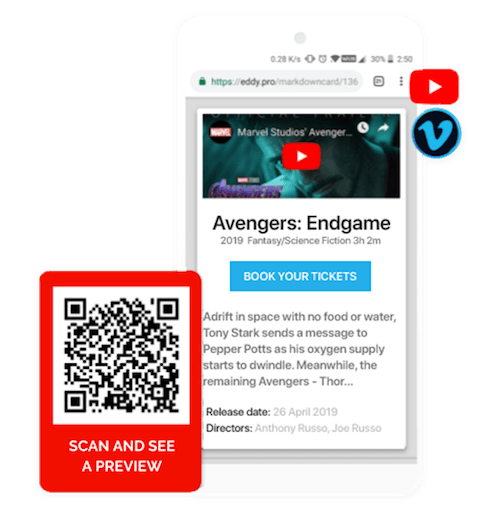
It is common knowledge that the way we consume content has experienced a seismic shift in the last decade. Reading something only invokes 10% memory retention whereas watching videos helps viewers retain 95% of the core message. That is precisely why businesses should employ video QR Codes to show off the stellar features of a product or display an advertisement to garner a shopper’s attention.
Since QR Codes on product packaging require a large volume of QR Codes to be created, businesses can use an API to generate QR Codes.
2. Increasing conversions by designing a QR Code game

With the rampant increase in hyper-casual games that do not require intensive brainpower, marketers can push such games through QR Codes to shoppers with lucrative incentives like a discount or winning freebies like uniquely designed t-shirts, thus increasing the conversion rates. These interactive QR Codes can also be used as a compelling way to engage with customers walking by a ‘Scan and Win’ poster outside the store.
3. Converting one-time customers into repeat buyers using QR Codes in marketing

Adding QR Codes to post-purchase packaging that allows customers to scan and refill or re-order the product from the businesses’ eCommerce store can do wonders for customer retention rates. By utilizing geolocation in tandem with the QR Code, the same code can display different information based on a customer’s location. For instance, if a QR Code on the product in the store displays product information, the same code can be used to get them to re-order the product once they leave the store.
This is akin to the Amazon Dash buttons which were essentially Bluetooth tags that allowed customers to shop for more of the same product and have it home-delivered. Same way Shopify app uses Shopcodes, to direct customers to a particular product, track conversion, and retarget them for future sales.
4. QR Code promotion ideas: Getting users to download your brand app through QR Codes

Instagram and Angry Birds used creative QR Codes to get customers to download their apps. These codes unambiguously conveyed their unique brand voice and served a dual purpose. One was obviously to get new customers to download their app and the other was to establish their brand by inducing brand familiarity through the QR Code advertisement.
Create an app download QR Code from scratch
While proximity marketing without an app is definitely enticing, having your brand’s app installed in your customers’ phone systems allows you to gain a deeper insight into your customer’s shopping history and makes way for you to serve them with personalized product recommendations. A beacon-aware app that can pave the way for contextualized information. It also allows shoppers to assume a more passive role and enjoy the shopping experience even more as beacon-enabled apps can deliver notifications without human intervention.
Related: BLE beacons, QR Codes, and NFC boost millennial engagement
5. Delivering a truly musical experience through QR Codes

According to researchers, stores use everything from lights to displays to get customers to spend more. So, what about music? Research suggests that stores use classical music as a way to simulate a more upscale environment to justify amped-up product prices.
But, what if you could curate a truly unique shopping experience for customers that entered your store? With QR Codes, you can.
Reebok used QR Codes to send athletes to different carefully curated Spotify playlists based on their sport and you can do the same.
By allowing customers to choose between different genres, artists, and even languages by scanning a corresponding QR Code, businesses can boost their ROI significantly.
6. Best use of QR Codes: Breathing new life into otherwise ‘boring’ places

What is deemed as boring may be subjective but QR Codes can definitely make for an interactive experience when used at museums, libraries, and parks.
Instead of having a human guide, QR Codes can act as a guide for museum-goers who want to appreciate art in silence.
The New Delhi Municipal Council (NDMC) has plans of deploying QR Codes in the Lodhi Garden which when scanned will give visitors details such as its common name, botanical name, lifespan, and the age of the trees.
How to use QR Codes at museums
7. Getting users to leave product reviews using a QR Code campaign
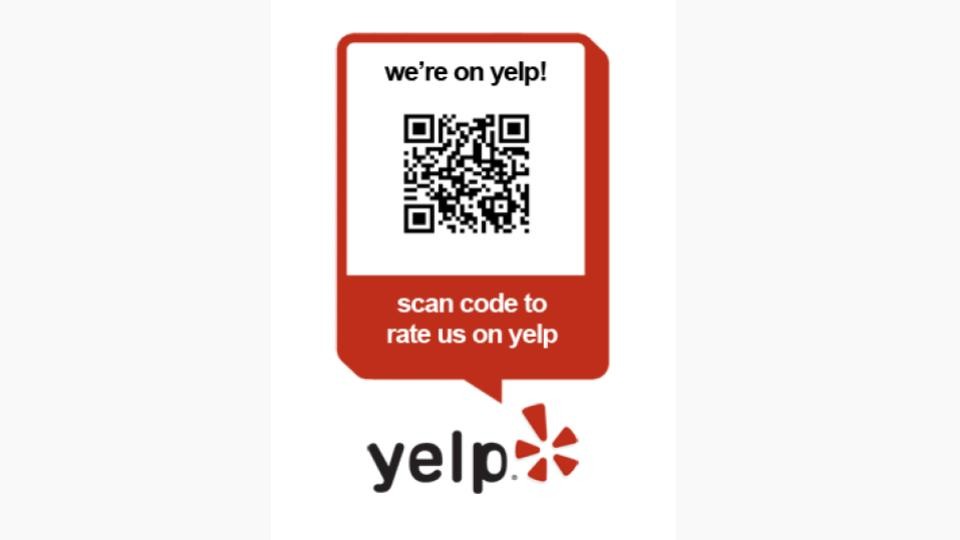
Reviews are the bane of the continued existence of businesses. 90% of shoppers read online reviews religiously before they make up their mind to give a place their business and 88% of consumers treat reviews in the same regard as personal recommendations.
By getting customers to leave reviews on social media, your business not only gives them a place to voice their opinion but it also helps future customers make up their minds about visiting your store.
Instead of having dissatisfied customers vent on Twitter where you have absolutely no control over it, by gently nudging shoppers without any human intervention whatsoever, you can give your customers a platform that you can oversee.
Make a feedback and rating QR Code in 5 minutes or less
QR codes are a much better and quicker way to get customers to review your store or products than asking them to do so at checkout. If needed, you can also offer an accompanying discount for every positive review.
8. QR Codes and OOH advertisements: A powerful force

The effectiveness of OOH advertising is undeniable. In fact, 71% of consumers report that digital billboards are far more appealing to them than online ads. Pairing digital billboards with QR Codes can drive consumers to take immediate action such as call the business or use Google maps to visit the store.
QR Codes and OOH advertising can also serve as the foundation for a long and drawn out treasure hunt like the one X Collective (XCO) in partnership with Sqkii has designed for citizens of Singapore. $100,000 Singaporean dollars await the winner who is able to find all the clues scattered across MRT stations and trains on OOH ads. This #HuntTheMouse campaign gets participants to scan QR Codes through the XCO app.
Create actionable billboards and banners with QR Codes
9. Share your contact details instantly with vCard QR Codes
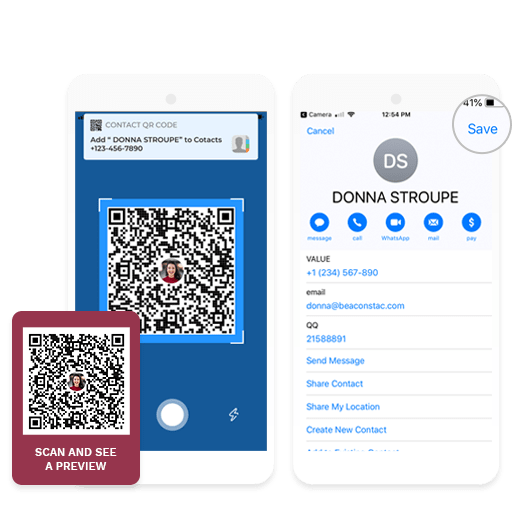
Create and design your vCard QR codes
Marketers and businesses can now use vCard QR Codes to share their contact details with consumers. What makes a vCard QR code different from a regular vCard is that QR Codes are dynamic. This means, when you evolve, your QR Codes adapt to you. Having a vCard QR Code on your business card also means that you don’t have to re-print them over and over again.
How to create dynamic QR Codes from a dynamic QR Code Generator
10. Use QR Codes as a way of generating leads
Today, we all recognize the importance of email marketing for small businesses, and QR codes can be highly beneficial for email marketing campaigns, acting as a bridge between the digital and physical worlds. Build email marketing lists with QR Codes and use them to send customers aesthetically pleasing Typeforms to collect responses by incentivizing the scan. The call to action for the QR Code can be “Scan to get a free trial” or “Scan to get a freestyle guide” which can prove to be very effective for lead generation.
RELATED: Build your email list with QR Codes
11. Use QR Codes as an entry ticket & to deliver information regarding events
QR Codes are used by several entertainment companies to authenticate the ticket holder at the event. This saves time and effort and makes checking in to see a play, musical or movie a seamless experience. Massive events like music festivals also use QR Codes as a part of crowd control. These QR Codes can also be used to deliver relevant notifications and updates throughout the event.
RELATED: Market your events and increase engagement with event QR Codes
12. Redirect customers to social media pages
With social media presence everywhere right now, it is essential to redirect your customers to your social media pages to drive traffic from your social media marketing campaigns. For instance, if your customer loved a product of yours, print a Facebook QR Code on its packaging, so they can follow it immediately for more updates.
A social media QR Code can be used to avail of a discount or a freebie to encourage customers to scan your QR Code.
Leveraging social media QR Codes saves time and effort as opposed to typing the link out on their own, thus improving the user experience overall for your business.
13. Direct users to your business location
The biggest challenge for businesses is directing their customers to an accurate location to clear out the confusion. Location QR Codes can help customers guide their way through to your business location seamlessly.
Make use of location QR Codes on your website and on print media advertisements, so customers can simply pull up their smartphone, scan the QR Code, and be directed to the location instead of manually searching for the address on online maps.
Best QR Code marketing use cases in 2024
If these unique QR Code use cases didn’t inspire you, then these brands that have successfully implemented QR Codes definitely will. Here are the best QR Code advertising campaigns to draw inspiration from:
1. Porsche

Image Credit – Digital Operative
Porsche launched an immersive experience during the 2018 Digital Signage Expo that allowed attendees to customize the 2019 Porsche Cayenne Turbo and interact with the model through haptic cues. All of this was made possible by merely scanning a QR Code.
2. Amazon Go

Image Credit – Killer Features
In the myriad of technology that Amazon Go stores employ, QR Codes are also one of them. Customers can use QR Codes to come and checkout without waiting for a cashier.
3. Instagram Nametags

Image Credit – Tech Crunch
Similar to Snapcodes, Instagram has launched a feature known as Nametags that can be fully customized by users and can be scanned by using the camera within the app by other users to follow accounts. This also works well when it comes to cross-platform. Businesses can insert their Nametag on other social media profiles to increase their follower count.
4. Comic-Con
During the 4 day event held in San Diego, attendees were allowed to validate their parking using QR Codes. As discussed earlier, QR Codes can be used to authenticate products.
5. PEDL
A cycle rental app uses QR Codes to allow users to unlock the cycles via the PEDL app and then lock it at the end of their trip.
6. Netflix

Image Credit – AdWeek
Netflix jumped on the QR Code bandwagon when they needed to get the word out there about the Gilmore Girls reboot by printing Snapcodes on 10,000 coffee cups that led to a million views on Gilmore Girls inspired photo filters.
7. Burger King
Burger King launched two major offers for people stuck in the lockdown period during the COVID-19 pandemic. One of the offers urged its users to scan a QR Code that appeared in their TV commercials, while another asked them to share screenshots of video calls with their friends.
The QR Whopper giveaway consisted of three TV commercials showing a floating QR Code around the screen. Upon scanning the QR Code, users were redirected to their webpage offering coupons to purchase a free Whopper via their BK app.
8. Amazon’s AR activation shipping boxes

Recently, Amazon launched an augmented reality experience that can be unlocked by scanning QR Codes on its shipping boxes.
The initiative named Amazon Augmented Reality app shows its users drawing a face on a pumpkin printed on Amazon Halloween delivery boxes. Users can scan their QR Code to bring the pumpkin to life as Jack O’lantern, which follows the phone’s camera around the room.
The app is available for both Android and iOS users and the company described the initiative as a “fun way to reuse your Amazon boxes until you are ready to drop them in the recycling bin.”
QR Code Marketing: Millennials and QR Codes in 2024

A millennial’s desire for instant gratification can be met with QR Codes. QR Codes can also solve another major problem faced by brands – product packaging. With 7 in 10 shoppers saying that the design of a product’s packaging drives their decision to purchase a product, making sure the packaging isn’t riddled with product features and specifications that can take away from the design can be quite a tall order.
That is where QR Codes come into the picture. While some brands opt to go the AR route, QR Codes are a cost-effective way to give consumers, especially millennials, what they want. By including customized QR Codes on the packaging, companies can do away with labeling while allowing the customer to scan the code to still view all the features and perhaps even discover new products from the same brand.
Are QR Codes still relevant in 2024?
The market for QR Codes is blooming. But, marketers and businesses must keep in mind that just deploying a QR Code isn’t enough. The site or content, including blog posts, videos, and images must be optimized for mobile. QR Codes also give marketers the ability to view how many people engage with the product offering a chance to tailor their marketing strategies.
Instead of investing in static QR Codes, the market is also slowly shifting to dynamic QR Codes as these codes allow you to change QR Code destination or content as per your business needs. The best part? Dynamic QR Codes start at as low as $5 a month. Check out our complete range of dynamic QR Code costs.
You might like: Best Dynamic QR Code Generator in 2024: Review, Compare, and Decide
QR codes can also be used in tandem with BLE beacons, NFC to allow for a more comprehensive solution targeting all the potential and loyal customers of a business.
Frequently Asked Questions
How are QR Codes used in marketing?
QR Codes are one of the most common tools used for marketing by businesses and brands of all sizes.
QR Codes have a variety of practical uses in marketing –
- Directing customers to a website or a landing page
- Using them to download an app quickly
- Pass on business details to customers and other potential clients without any hassle
- Finding the address/accurate location
- Leverage them to make a modern greeting card
- To access to AR for marketing and visualization purpose
- Send out a prompted email or message to customers with coupons, deals, and seasonal greetings
- Converting one-time buyers into repeat customers
- Encouraging customers to leave a review
QR Codes are not only helpful and easy to use, but they also help in analyzing customers’ click behavior to reshape their campaigns.
How do you promote QR Codes?
There are a number of ways to promote QR Codes –
- Include a QR Code at the end of the email signature.
- Use QR Codes to educate your customers by encouraging them to scan it and watch know-how videos or engaging them in fun games.
- Embed QR Codes on your physical and online advertising material.
- Leverage vCard business cards to pass on business details. ‘
- Stick QR Codes on all the products you sell.
- Include QR Codes on digital signages, tables, and any kind of outdoor areas that can grab the customers’ attention.
How to use a Twitter QR Code for marketing?
Twitter allows QR Codes to be scanned via the app. QR Codes can be added to profiles, marketing pages, and brands to promote the page. When a Twitter QR Code is scanned, the codes allow people to quickly find and follow each other.
When an external QR Code is scanned, it redirects to an external URL.
How to use a QR Code for an effective marketing campaign?
Some of the ways to maximize marketing campaigns leveraging QR Codes are –
- Direct consumers to an eCommerce landing page/URL
- Attach vCards or business details for further engagement
- Send push-notifications, messages, and deals and offers
- Send interactive emails to consumers
- Download apps and link multimedia content
- Direct customers to the location
- Direct consumers to social media pages
- Use them in a variety of industries – eCommerce, retail, logistics, transport and aviation, entertainment industry, and healthcare to name a few
Do millennials use QR Codes?
Millennials, born in the 1990s are all about staying up-to-date with the latest technologies. Whether it is interacting with one another by new means or access special content, they are constantly active and searching for the next big thing.
Millennials, in fact, do use QR Codes. They use QR Codes a lot more than any other generation combined or individually.
Some of the ways millennials use QR Codes are –
- Facebook Messenger Codes and Market QR Codes
- Snapchat’s Snapcodes
- Instagram’s Nametags
- Contactless Payment Systems – PayPal, Walmart, and Venmo
Do QR Codes expire?
In the case of dynamic QR Codes, they expire post the free trial period is over, or when the number of scans has exceeded your limit. Static QR Codes expire if they are linked to a broken URL.
Want to run proximity marketing campaigns with QR Codes? Get in touch with our proximity marketing expert at Uniqode to help build your use case without a developer’s help.







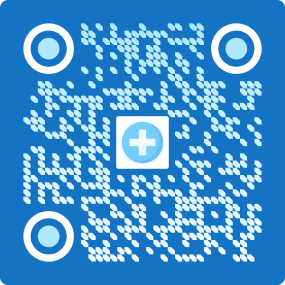
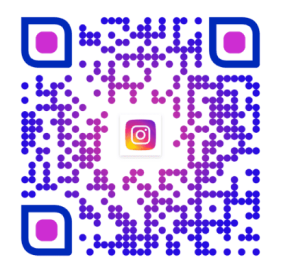
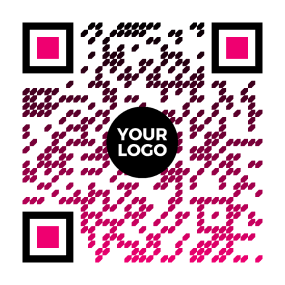
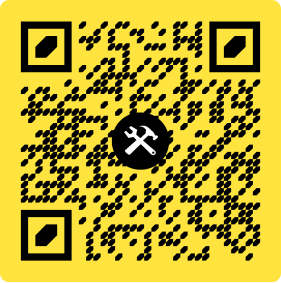
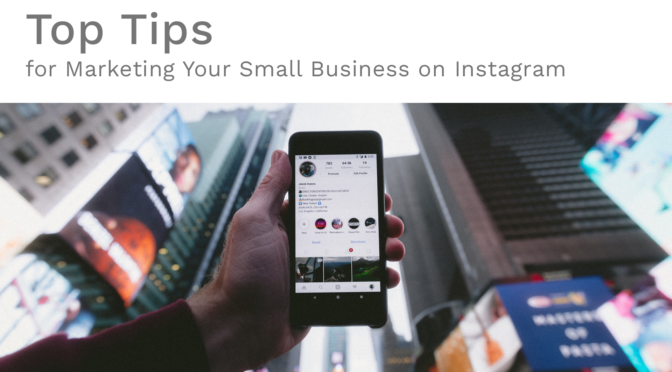

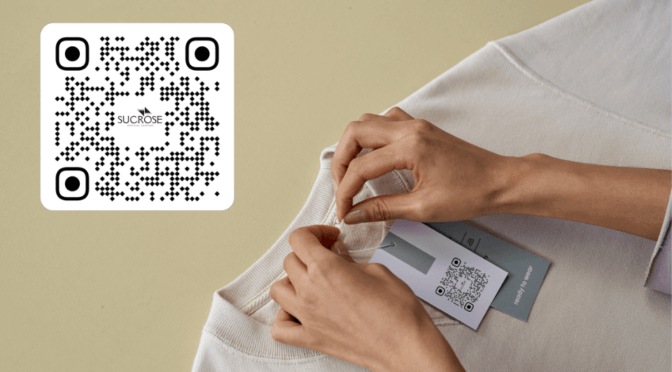
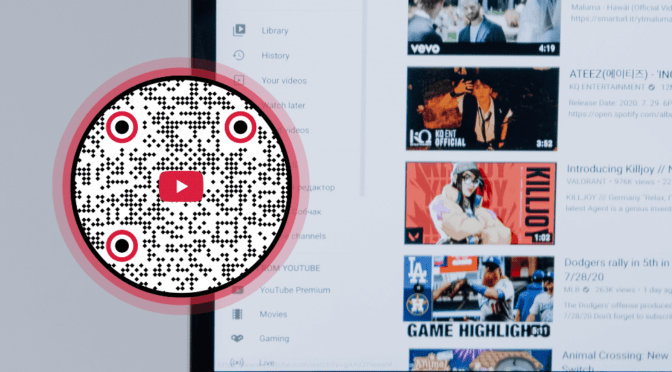
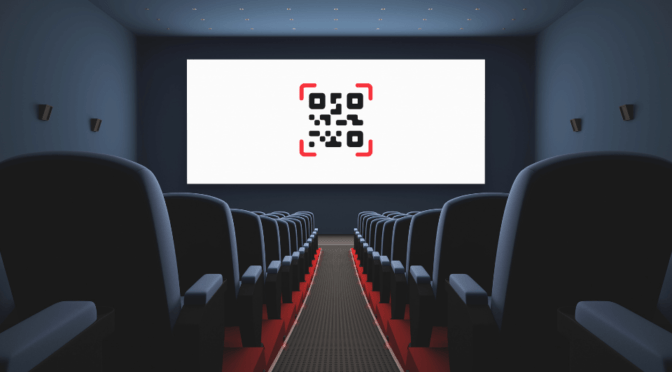
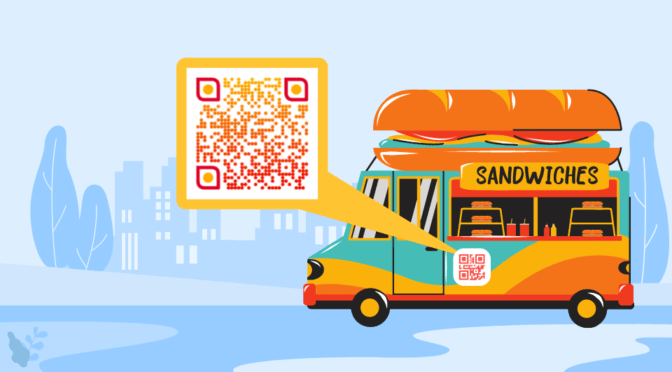
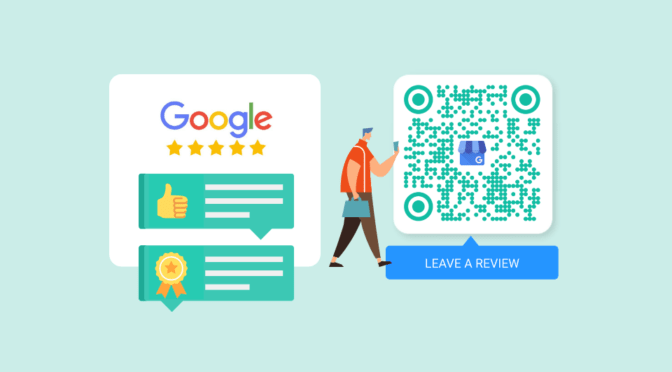
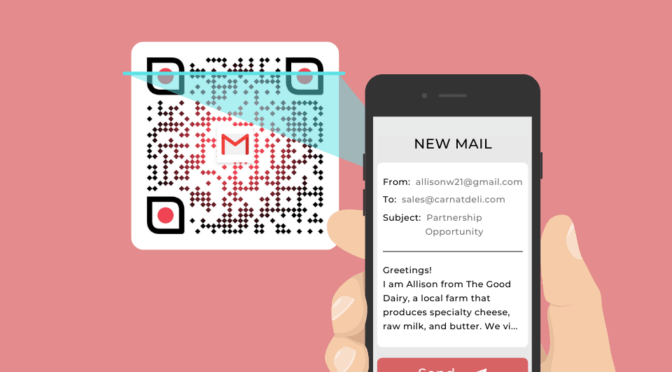
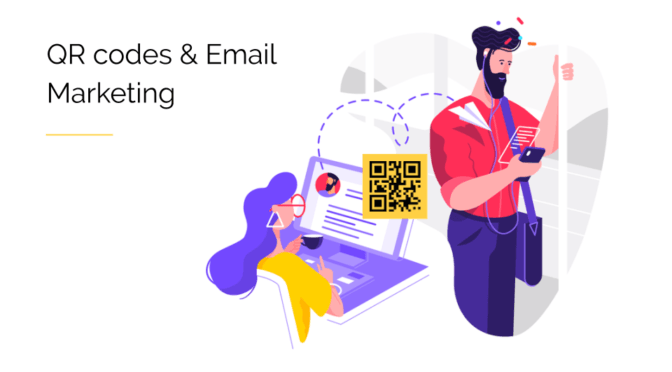
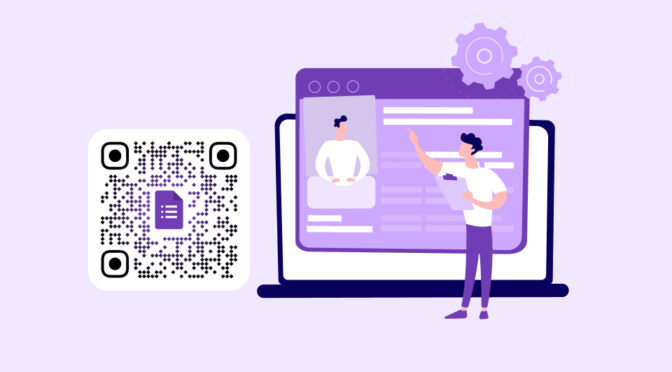
[…] QR Code Use Cases […]
[…] QR Code Use Cases […]
[…] you mail to potential customers, or promotional items that you give away. And when some of the biggest brands in the world, with the likes of Reebok, Yelp & Rovio (Angry Birds), use it, you have no reason […]
[…] say QR codes are a thing of the past, but they are, in fact, still widely used for various things such as Bitcoin wallet addresses, virtual business cards and connecting to WiFi networks. One of […]
[…] e acessar dados. Eles são universais, e seu tempo de uso através de pagamentos, redes sociais, marketing, etc. Aqui estão alguns números que podem […]
[…] QR codes began gaining popularity back in 2011 when Macy’s and Best Buy started using them, but they never really took off as a mainstream marketing tool. […]
[…] QR codes began gaining popularity back in 2011 when Macy’s and Best Buy started using them, but they never really took off as a mainstream marketing tool. […]
[…] QR codes began gaining popularity back in 2011 when Macy’s and Best Buy started using them, but they never really took off as a mainstream marketing tool. […]
Wow great idea, let me add some value if you want to use qr ordering menu then visit: http://eazyfnb.com they are providing very beautiful design for contactless menu.